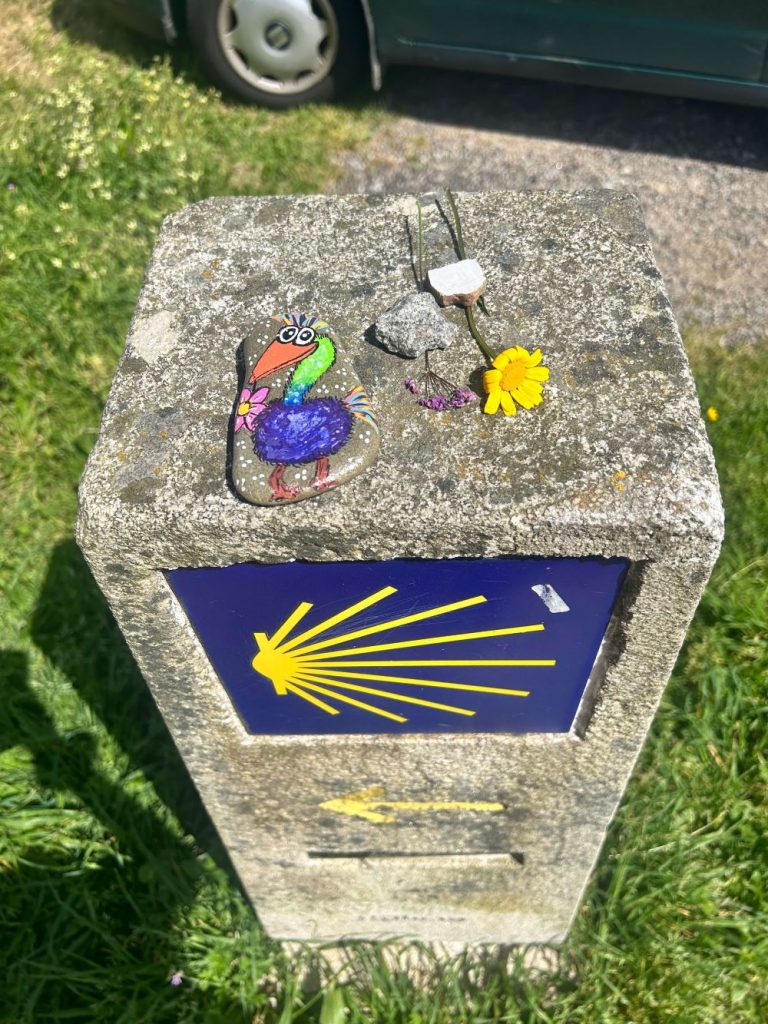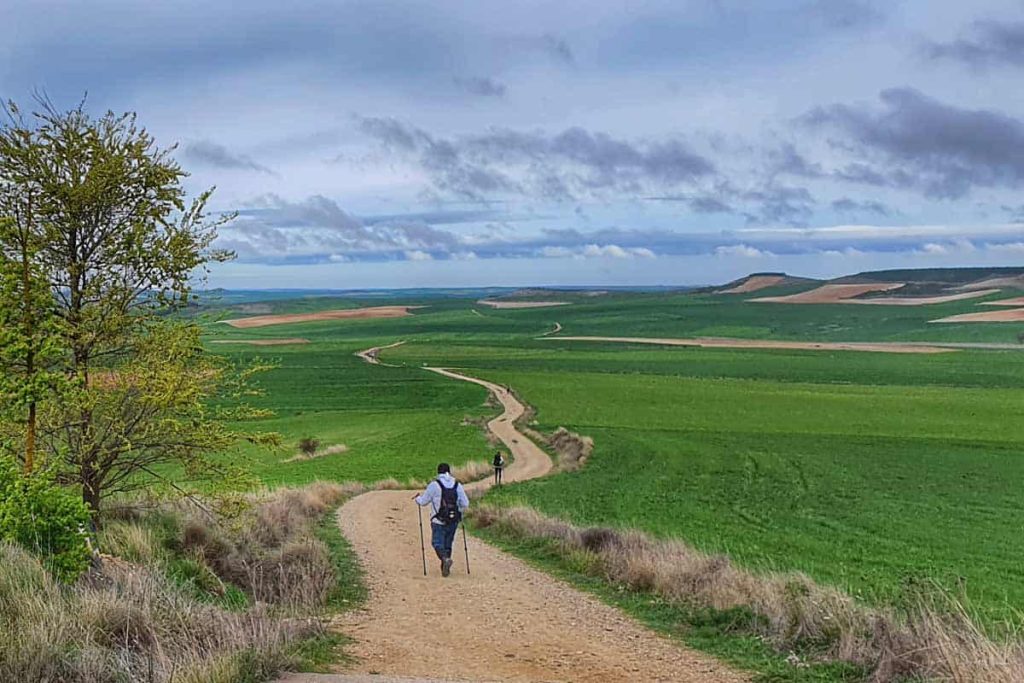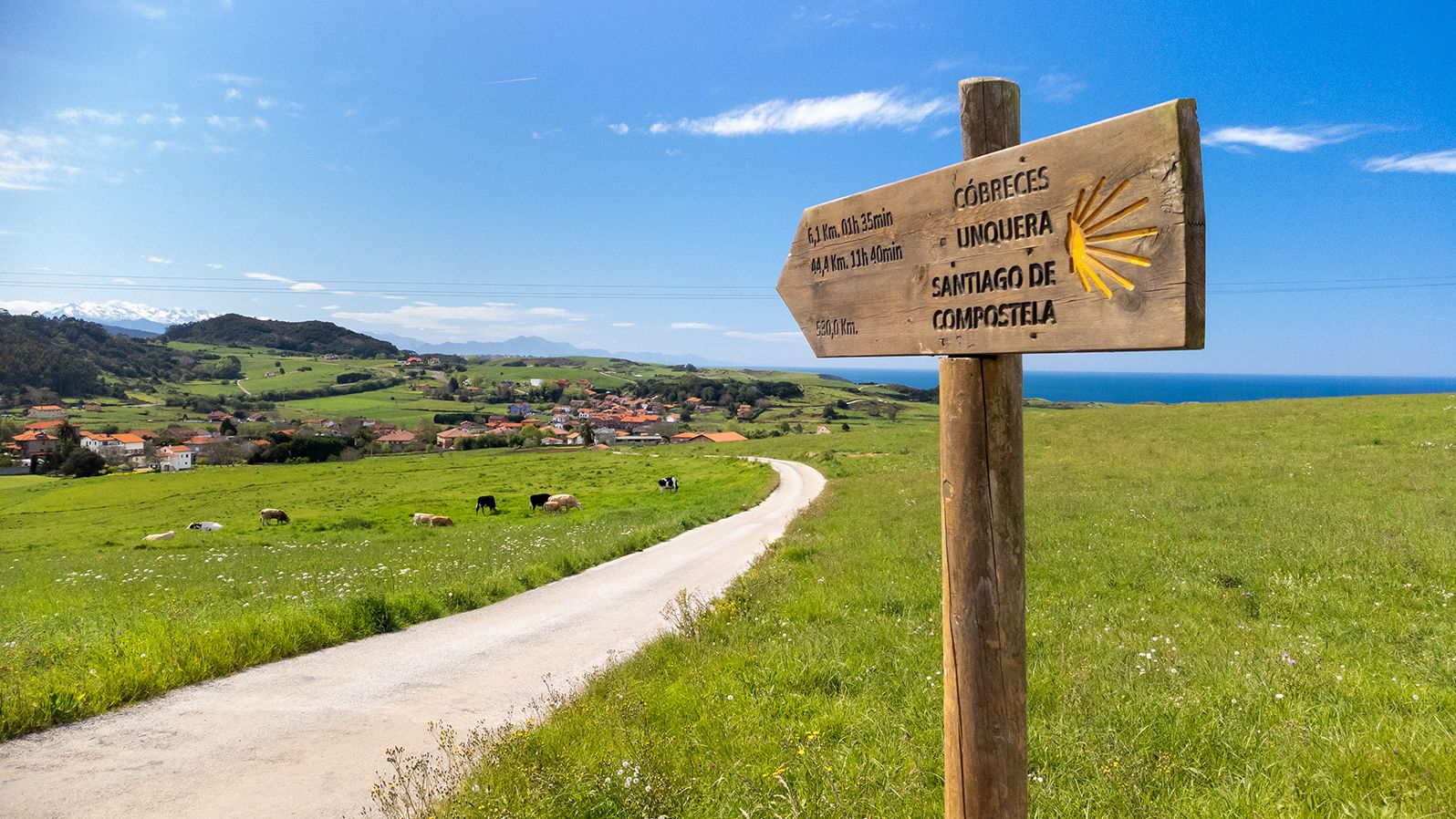Tomorrow, I go.
After months of preparing, praying, packing, and walking in spirit—
now it’s time to walk with my feet.
The journey to Spain begins tomorrow,
and with it, the unfolding of something that’s been quietly growing in my heart for a long time.
But before I take that first official step on the Camino, I need to pause for one more thing:
Gratitude.

I give thanks for all of you who have prepared with me.
For those who’ve walked with me — digitally, prayerfully, and personally — through these reflections.
For your comments, encouragement, and quiet companionship.
I give thanks for those who’ve prayed for me as I prepared.
Your intercessions have been a steady wind at my back.
And I give thanks for those who will pray for me — and with me — as I make this pilgrimage to Santiago de Compostela.

I go not alone.
I go carrying your blessings, your hopes, your stories.
I go with Christ before me, behind me, beside me.
I go as a pilgrim — not just in geography, but in heart.
This is no longer preparation.
This is pilgrimage.
And now, it begins.

Pilgrim’s Prayer: On the Eve of Departure
Gracious and loving God,
Thank you for the gift of this journey—
for the time of preparation,
for the strength to begin,
and for those who have held me in prayer.
As I go, go with me.
Walk beside me in every step,
meet me in every stranger,
and speak through every silence.
May the road rise to meet me—
and may the prayers of your people carry me
all the way to Santiago.
Bless those who walk with me in spirit.
Bless those I will meet on the Way.
And bless what is still unfolding within me.
For it is all grace.
And it is all Yours.
Amen.
Buen Camino, friends.
And thank you — for walking this preparation journey with me.
Now, let’s begin.

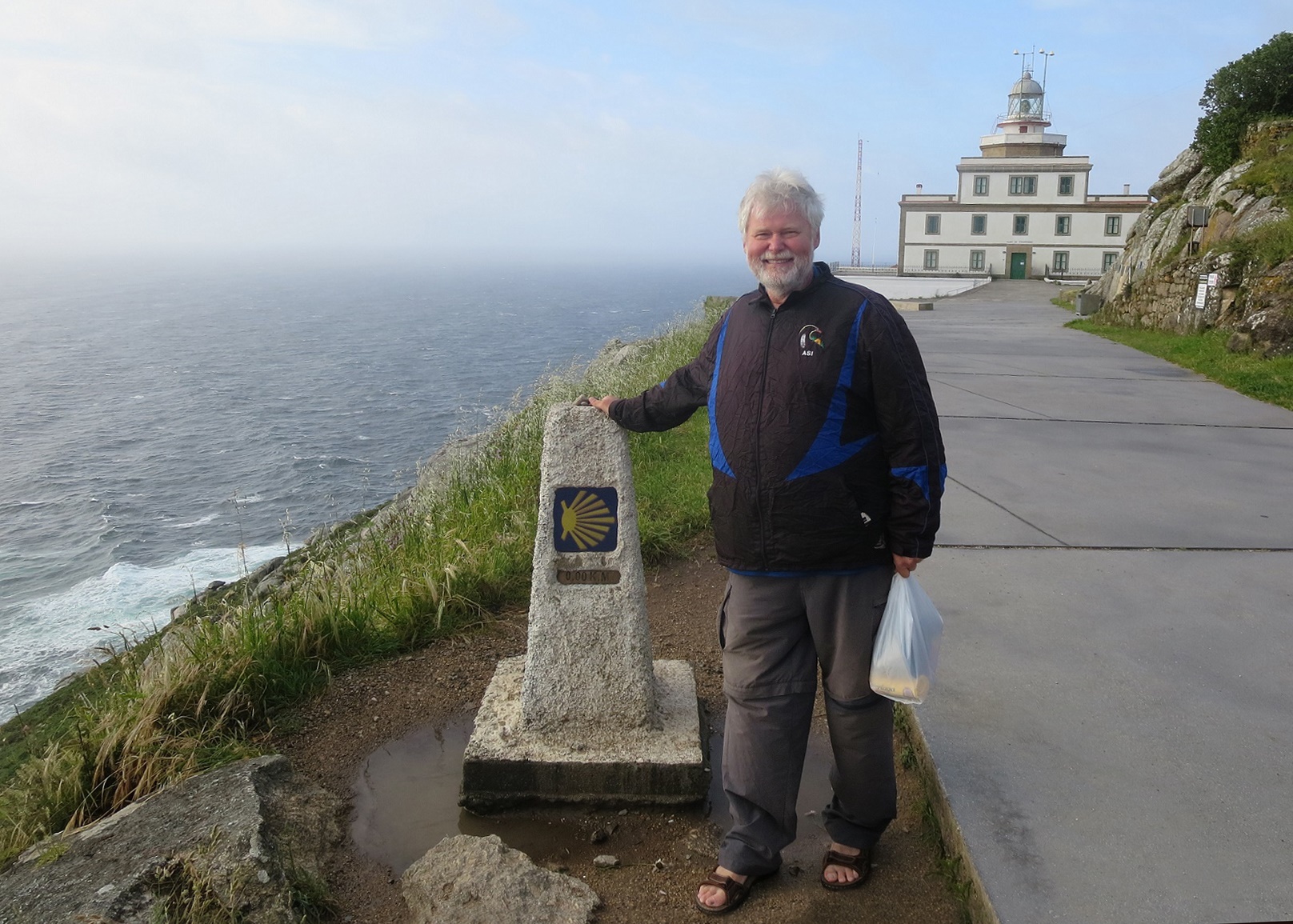
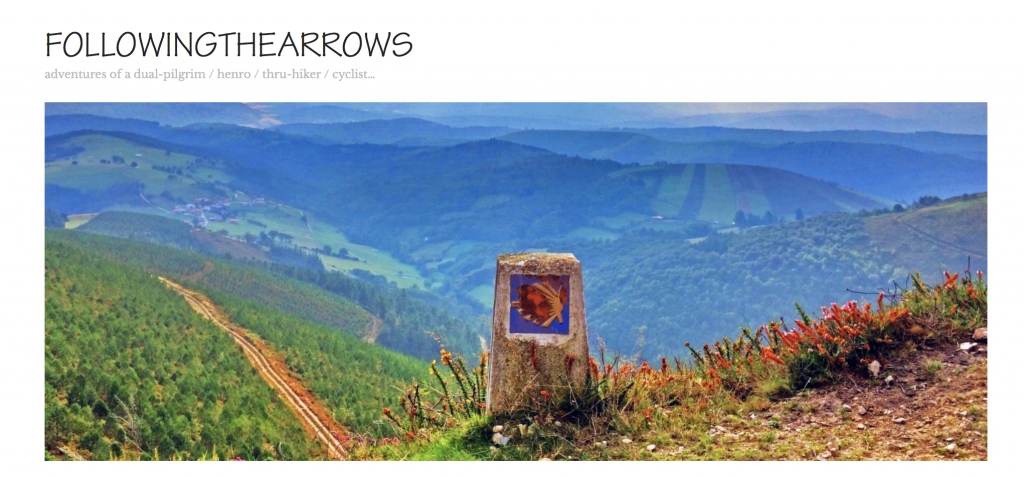




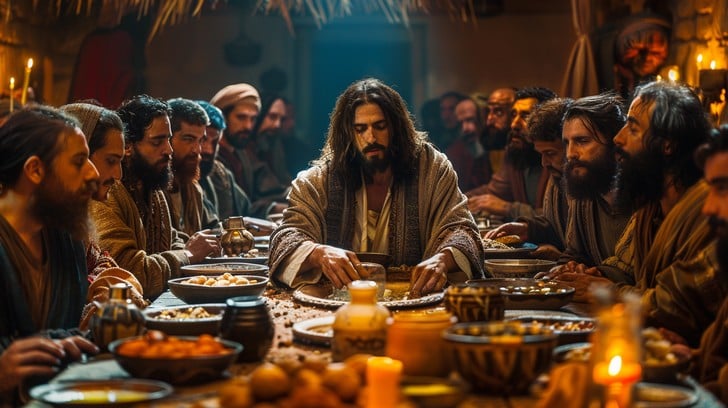


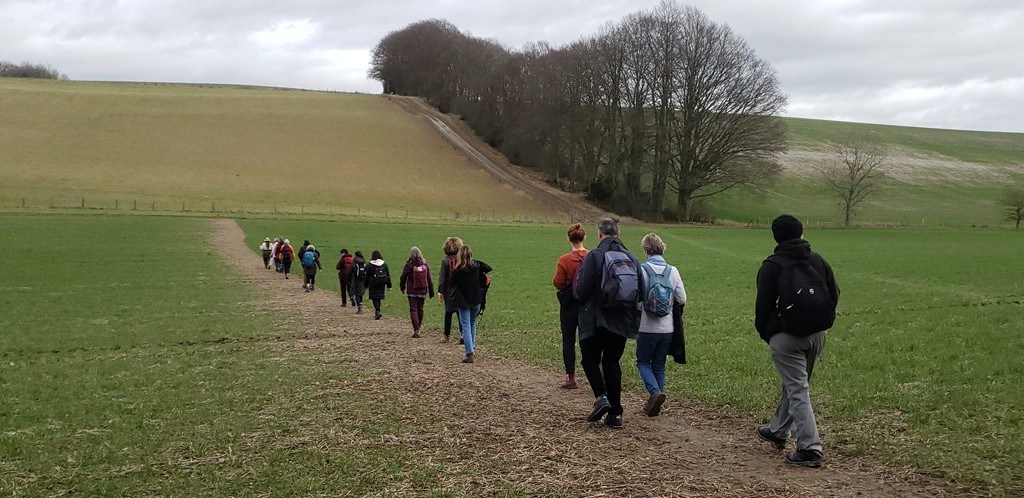

![4th tip for walking the Camino]** Lighten Your Backpack My backpack is getting lighter and lighter. Not just physically—but emotionally too. On the Camino, I'm learning to let go of everything I](http://ddavidson.ca/wp-content/uploads/2025/07/42abfce9d24b9734e80313f9b40ffda7.jpg)




